
As already noted, Bonnard was not a master of psychological portrait. But he was a master of psychological self-portrait. A series of his self-portraits has no equal in XX century painting. Bonnard forced the viewer to look at the world with his own eyes.
The artist is present in each of his paintings, and we are present in it with him. The self-portraits of Bonnard are striking in this sense. On them we can trace his whole life. For example, a self-portrait of 1889, from which a very young man is looking at us. He longs for recognition, fame, his gaze is determined. Brushes and palette he holds as a warrior could hold a shield and a sword.
Compare this self-portrait with what was written in 1930. The artist became much older. He achieved recognition, but he was very tired on this way. “He who sings,” said Bonnard once, “is not always happy.” Self-portrait of 1930 can serve as a picturesque illustration of these words.
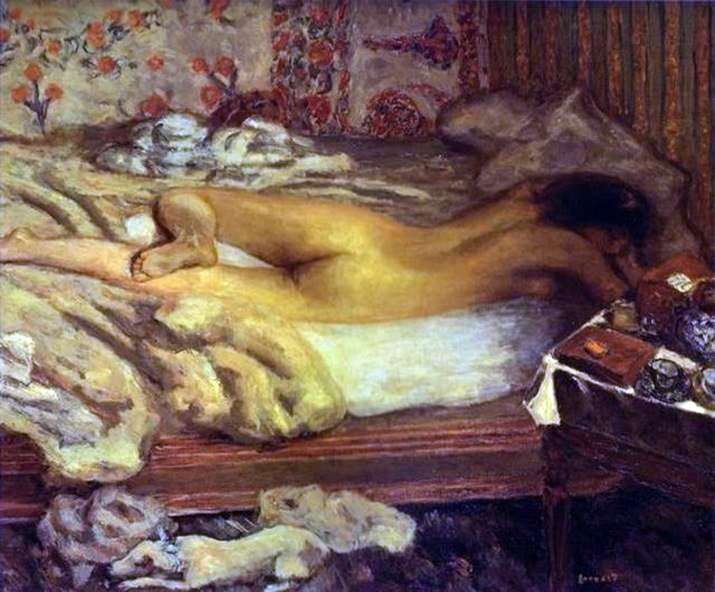 Siesta: In the artist’s studio by Pierre Bonnard
Siesta: In the artist’s studio by Pierre Bonnard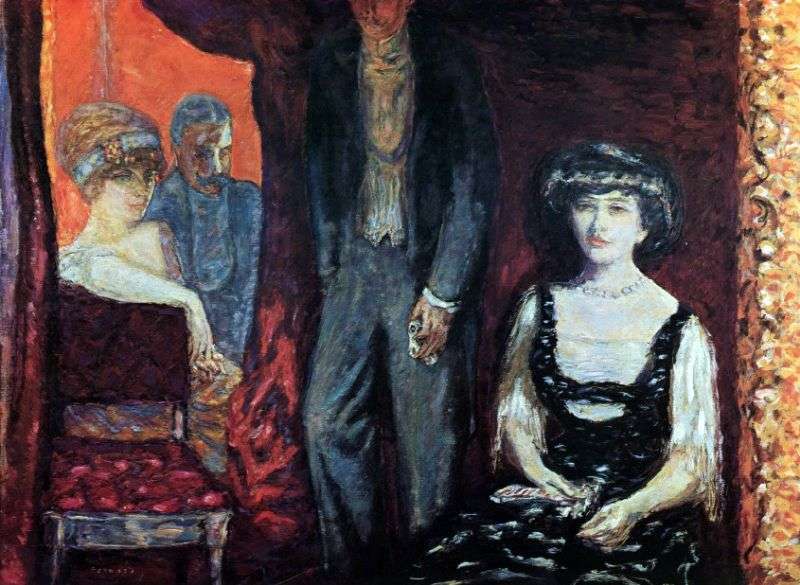 Lodge by Pierre Bonnard
Lodge by Pierre Bonnard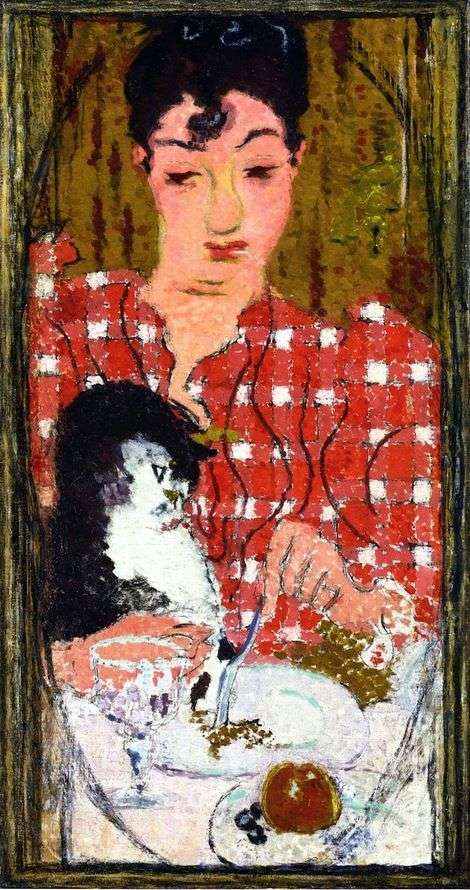 Checkered Blouse by Pierre Bonnard
Checkered Blouse by Pierre Bonnard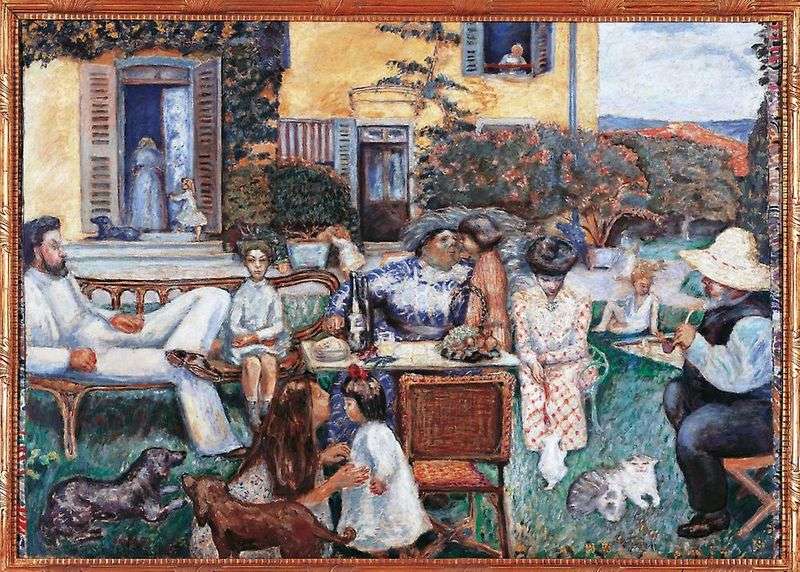 Family on the terrace by Pierre Bonnard
Family on the terrace by Pierre Bonnard Nude in front of a mirror by Pierre Bonnard
Nude in front of a mirror by Pierre Bonnard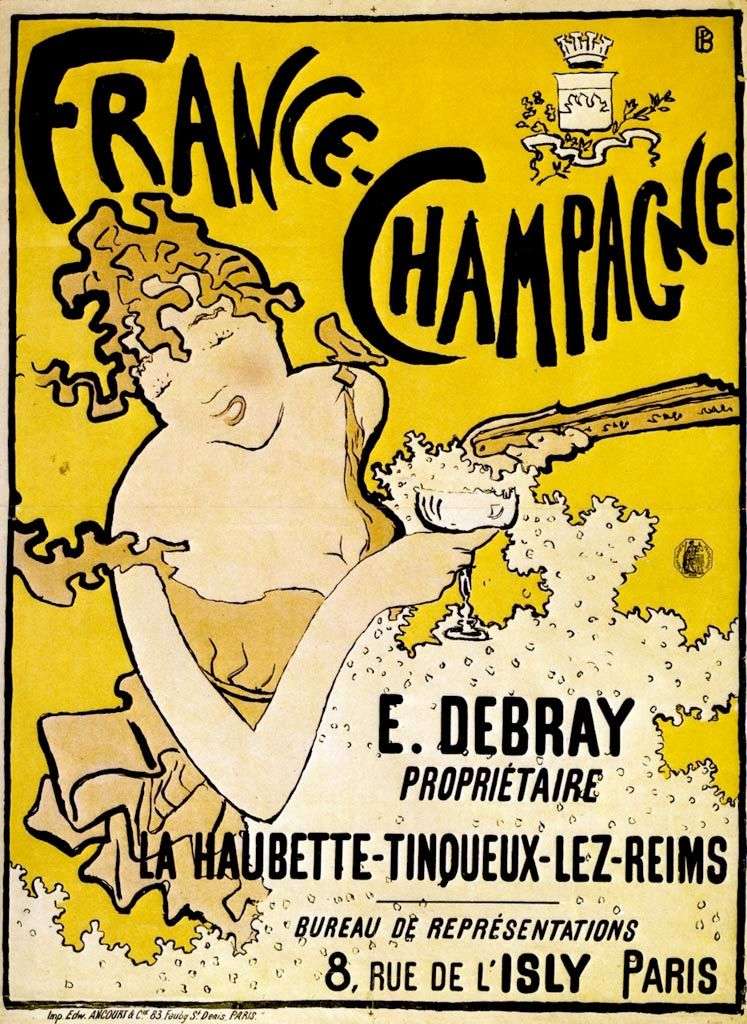 Poster of French Champagne by Pierre Bonnard
Poster of French Champagne by Pierre Bonnard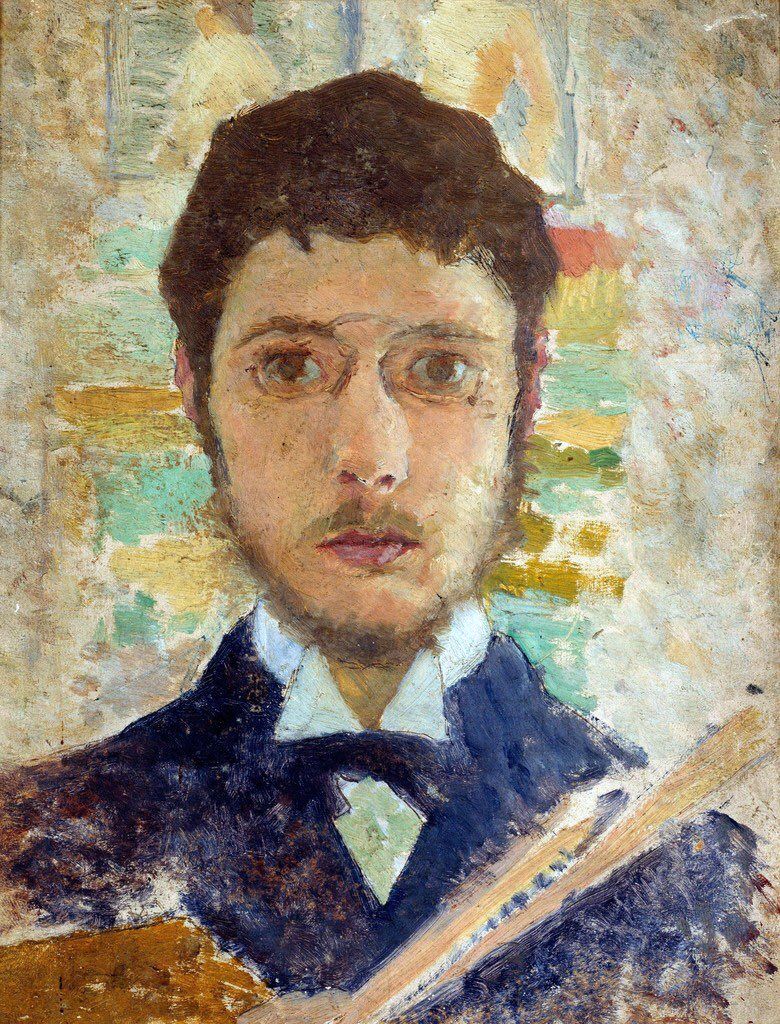 Autoportrait – Pierre Bonnard
Autoportrait – Pierre Bonnard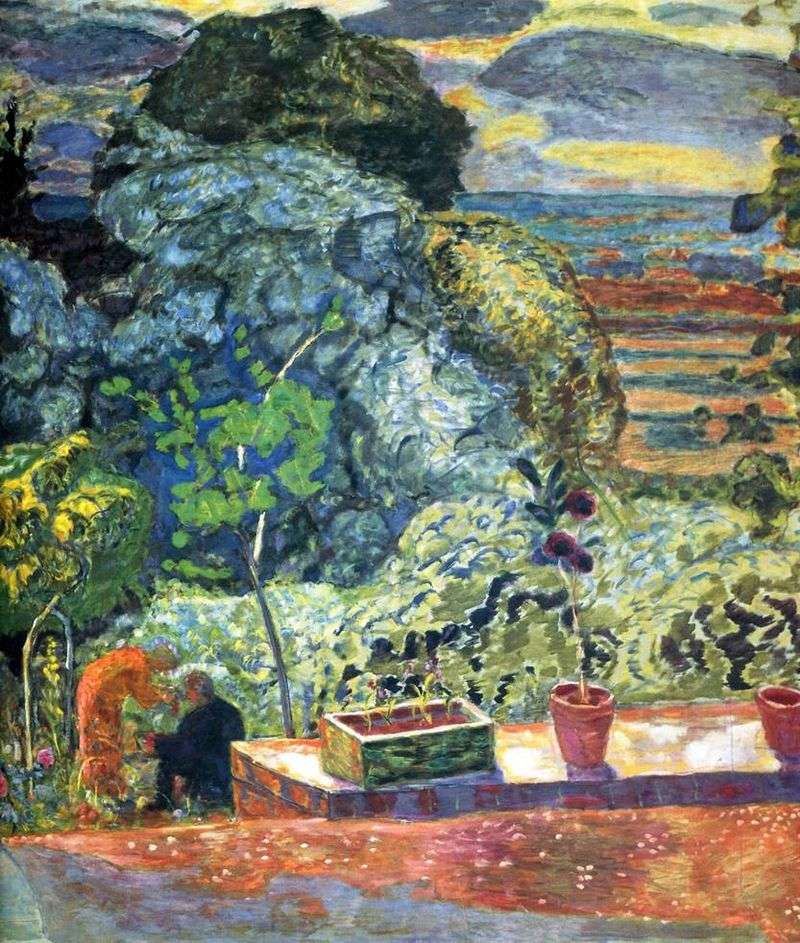 Terrace by Pierre Bonnard
Terrace by Pierre Bonnard